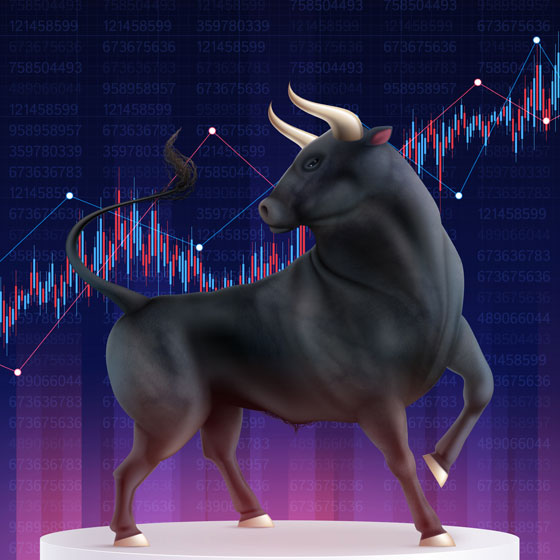The Sensex, short for the Sensitive Index, is the benchmark stock market index of the Bombay Stock Exchange (BSE) in India. It is widely regarded as one of the key indicators of the Indian stock market’s performance and serves as a barometer for the country’s economic health. The index consists of the top 30 financially stable and actively traded companies listed on the BSE.
The history of the Sensex dates back to January 1, 1986, when it was first launched with a base value of 100 points. At that time, it comprised of the shares of 30 companies listed on the BSE. Over the years, the Sensex has grown both in terms of its composition and importance. It has become a crucial tool for investors, analysts, and policymakers to gauge the direction and trends of the Indian stock market.

The history of the Sensex dates back to January 1, 1986, when it was first launched with a base value of 100 points. At that time, it comprised of the shares of 30 companies listed on the BSE. Over the years, the Sensex has grown both in terms of its composition and importance. It has become a crucial tool for investors, analysts, and policymakers to gauge the direction and trends of the Indian stock market.
The Sensex has witnessed significant milestones and fluctuations throughout its history. It has weathered various market cycles, including booms and recessions, reflecting the dynamics of the Indian economy. The index has been periodically reviewed and modified to ensure its representation of the evolving market. Today, it includes companies from various sectors such as finance, energy, technology, and consumer goods.
The Sensex has become an integral part of the Indian financial landscape, attracting domestic and international investors. It serves as a crucial reference point for portfolio managers, traders, and investors seeking to evaluate the performance of their investments. The index has also gained global recognition, reflecting the growing significance of the Indian economy in the world market.



